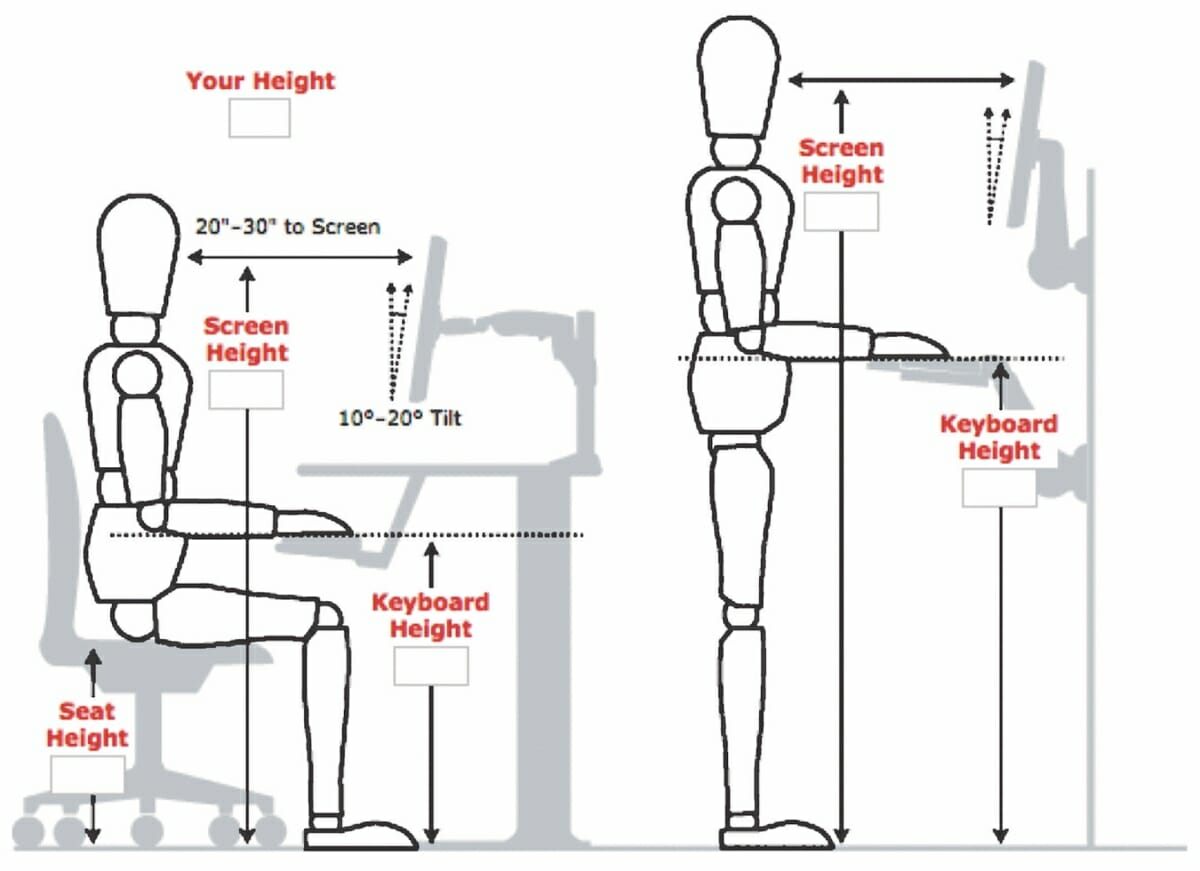The coronavirus will likely be with us for a long while, and many employers will continue to allow for telework or will permanently shift their workforce to this model. Many people, especially those who, pre-pandemic, worked in a traditional office setting, are likely doing their best to develop a healthy balance between watching their posture and staying physically active while working for an entire work day on the computer in their home office or on their couch in the living room. In the workplace, the opportunity to take physical breaks by walking to the water cooler or coffee machine is often more feasible in an office setting than at home. Meetings away from desks also permit some employees to move around while in the workplace, even if for a brief moment in between work tasks. Working from home, however, can make this needed activity challenging. But how can employees working remotely improve their physical and mental health and how important is it?
Terrence G. McGee, P.T., D.Sc., a physical therapist in the department of physical medicine and rehabilitation at the Johns Hopkins University School of Medicine and board-certified orthopaedic clinical specialist, provides the following tips for employees to remain physically active and maintain appropriate chair and desk support while working from home:
Chair and Desk:
Stand and move from a seated position at least once per hour.
Perform desk stretches or chair yoga.
Sit completely back in an adjustable chair with an adjustable armrest.
Your thighs should be parallel to the ground, with: A two-finger space behind the back of the knees and the chair.
3–6 inches of space between thighs and desk / keyboard.
Place a small pillow/towel roll for lower back (lumbar) support.
Your head should be level, facing forward, and in line with your torso.
If you’re sitting at a desk, rest your feet flat on the ground and ensure there is adequate space beneath your desk. Use a foot rest if the desk height cannot be adjusted.
Computer Monitor:
The top of the screen should be at top or slightly below eye level.
Screen distance: 18–28 inches from eyes (or) at arm’s length. If you feel the need to bring your head (eyes) closer to your screen, consider seeing an eye doctor for an eyeglasses prescription, or make your screen’s text larger.
If using a dual monitor, swivel body in chair rather than turning head repetitively to switch between monitors. Consider changing orientation of monitor from landscape to portrait if your chair is lacking adjustments.
Keyboard and Mouse:
Relax your shoulders and place your forearms parallel to floor.
Armrests should be removable / adjustable and at least 16 inches apart.
Wrists should be resting at neutral position (hand in line with wrist and forearm).
Use soft pads/wrist rest as needed.
A cordless mouse is preferable.
Keep mouse within easy reach/next to keyboard.
Adjust mouse sensitivity for light touch.
Additional Accessories:
Use a hands-free headset for phone use more than two hours per day.
Use a document holders to prop up papers when typing.
Additional guidelines can be found on the OSHA website.
Exclusive content from CARE Magazine








